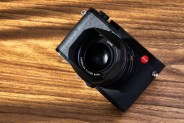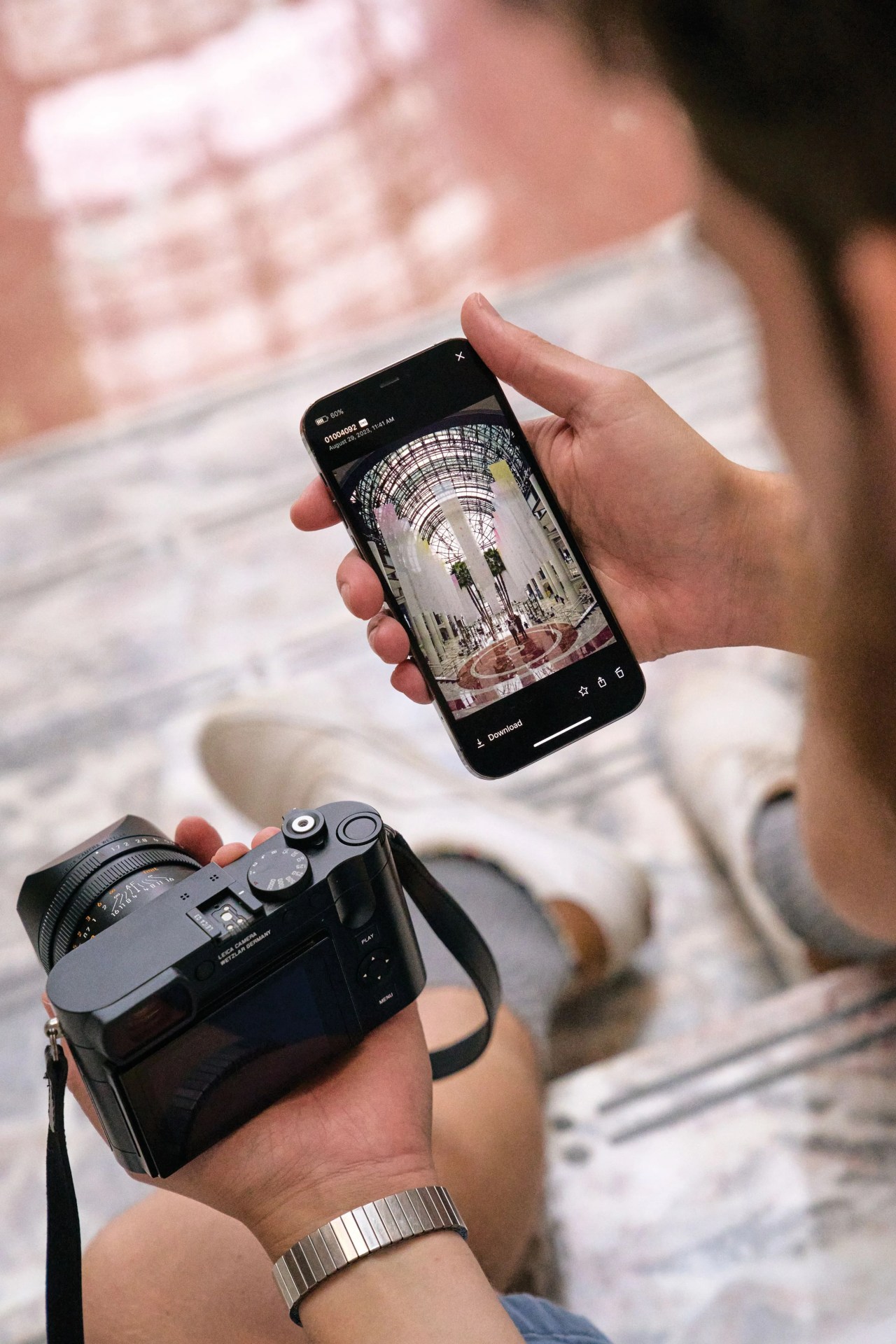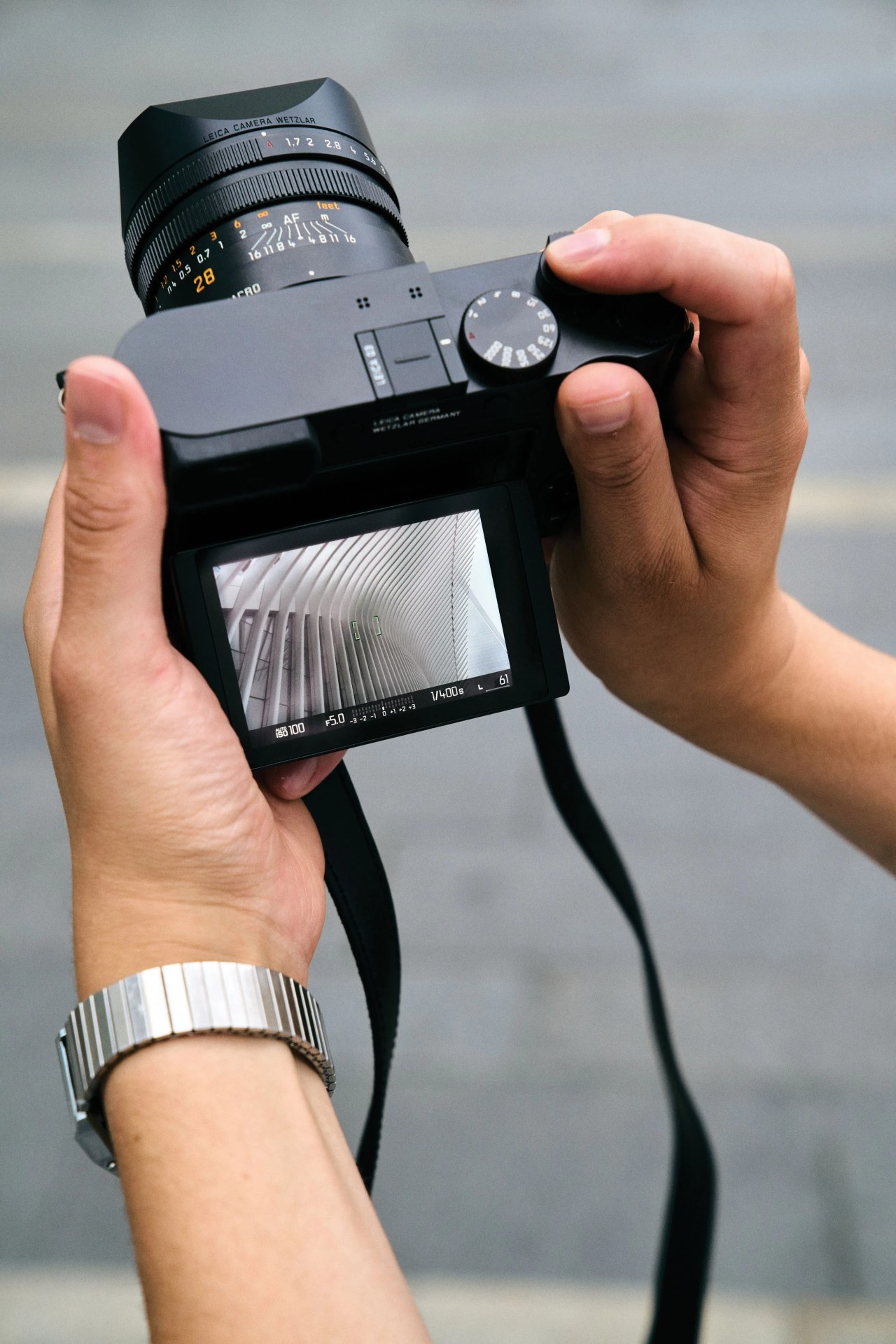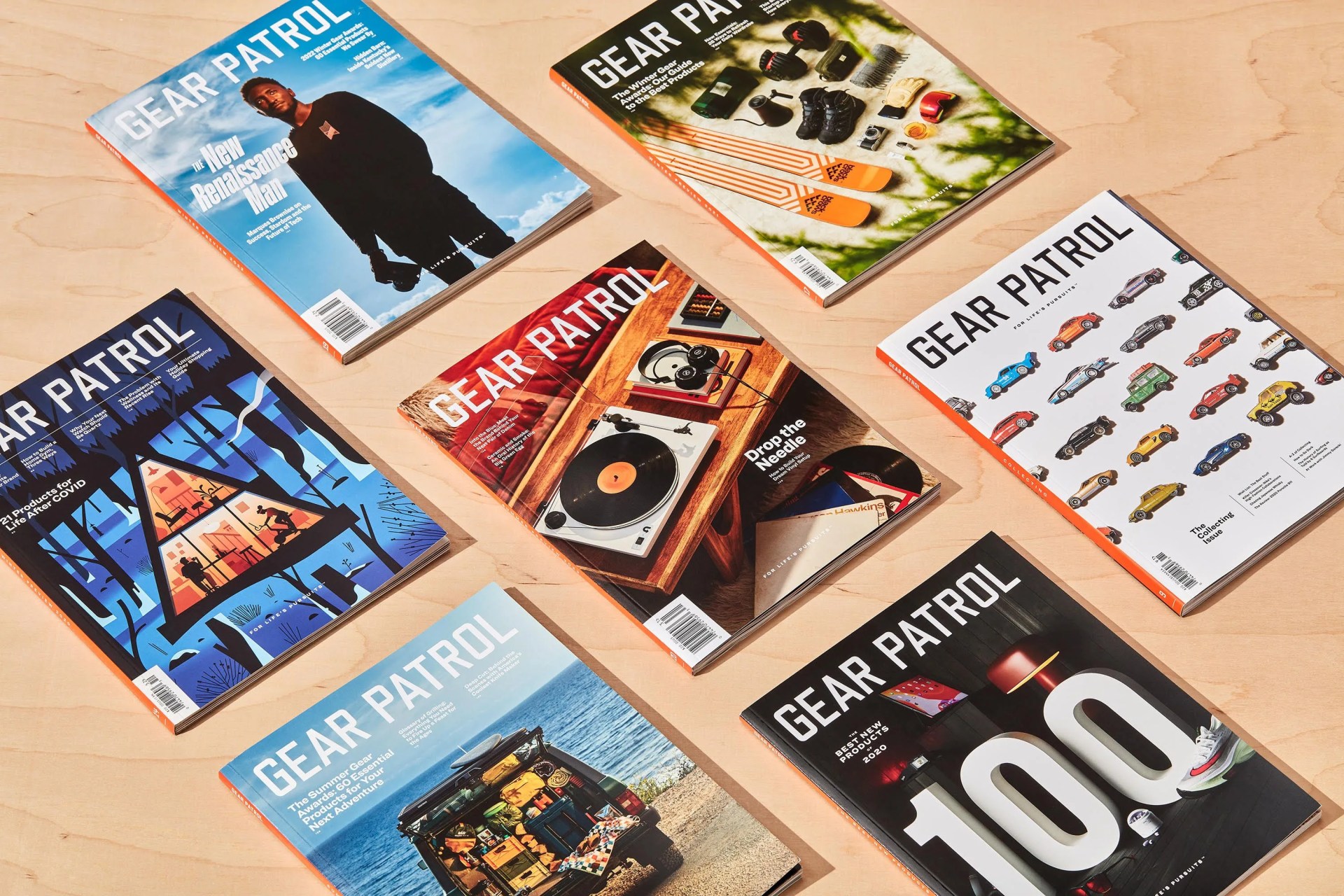Less than a decade old, Leica’s Q line is quite new compared to the company’s 19th-century origins, but it’s left a mark in that comparatively short time. The original Q and successor Q2, released in 2015 and 2019 respectively, established a baseline of excellent optics with best-in-class ergonomics and build quality paired with an almost pathological commitment to simplicity. And while the Q3 is outwardly similar to its predecessors, Leica has moved to include some small but crucial conveniences that, together with an updated sensor, makes it more practical without limiting the luxurious fit and finish you’d rightfully expect.
A stellar fixed lens in concert with a big sensor has made the Leica Q lineage arguably the king of point-and-shoots. The Q3 improvements make it an eminently usable go-to camera for almost every purpose you could imagine. If you can stomach the significant price tag, there’s not much to leave you wanting.
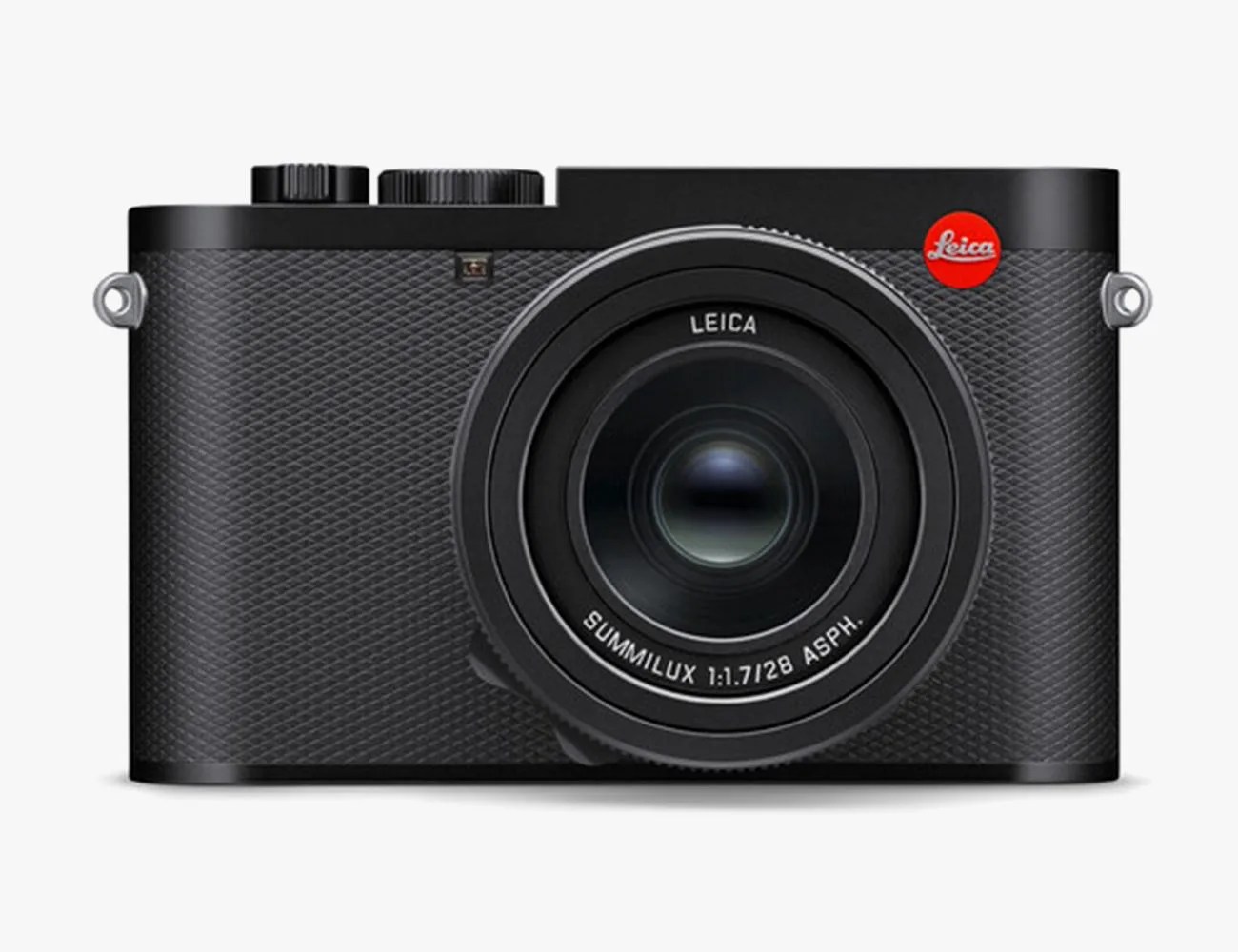 B&H Photo
B&H PhotoLeica Q3 Digital Camera
The Q3’s Summilux 28mm f/1.7 lens has graced every Leica Q camera so far and for good reason: it’s lightning-fast and spectacularly sharp. And on the Q3, which sports a new 60MP full frame sensor (up from a 47.3MP sensor on the Q2), you can squeeze even more detail out of that terrific glass. I was able to crop in and in (and in) on my photos, getting usable results from far smaller sections of shots than I would have otherwise thought possible. If there’s one gripe to have (and it’s a matter of opinion), the 28mm focal length is quite wide, with visual characteristics very similar to your smartphone camera. Better? Yes. But similar nonetheless.
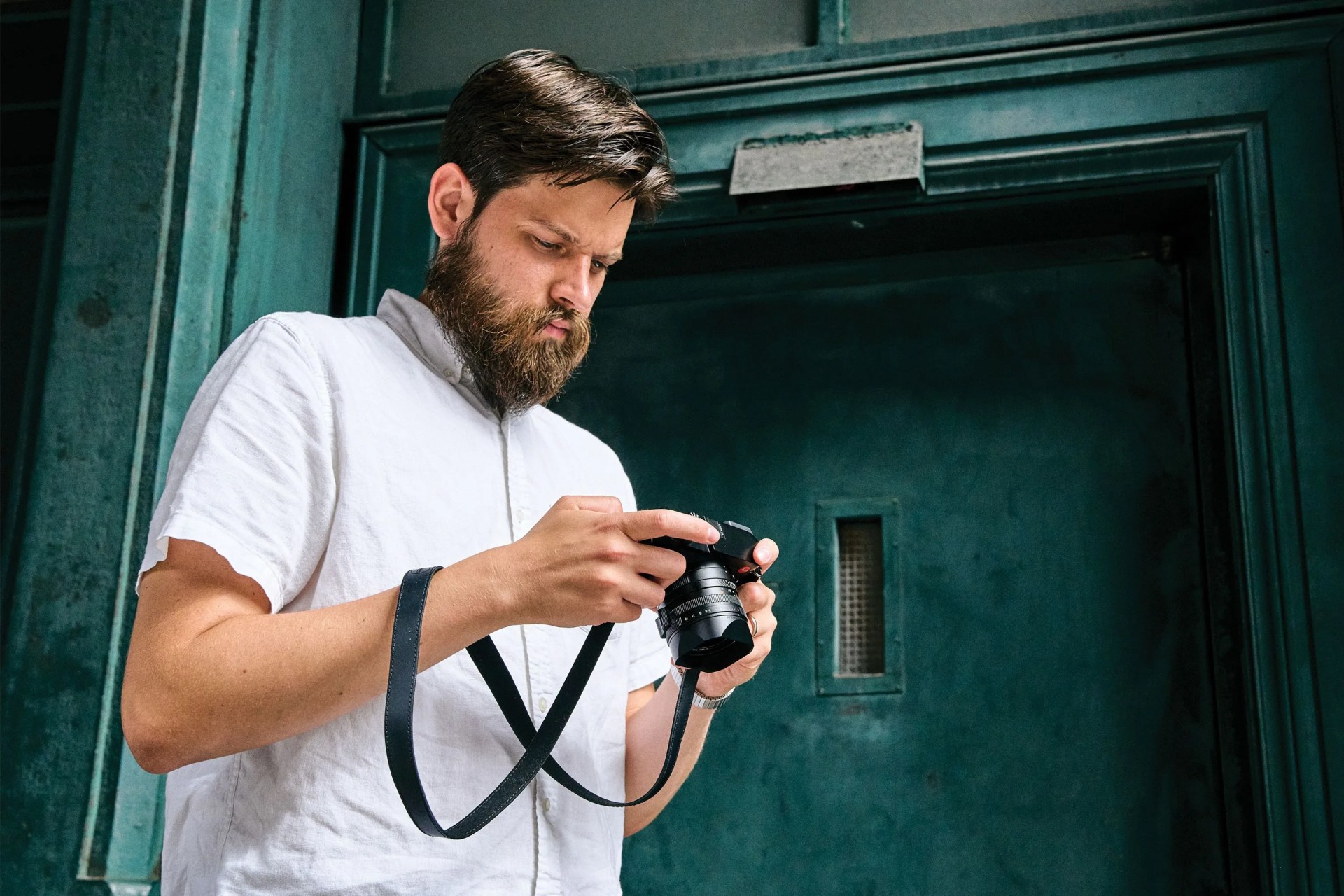 Chris Coe
Chris CoeTo learn more about our testing methodology and how we evaluate products, head here.


